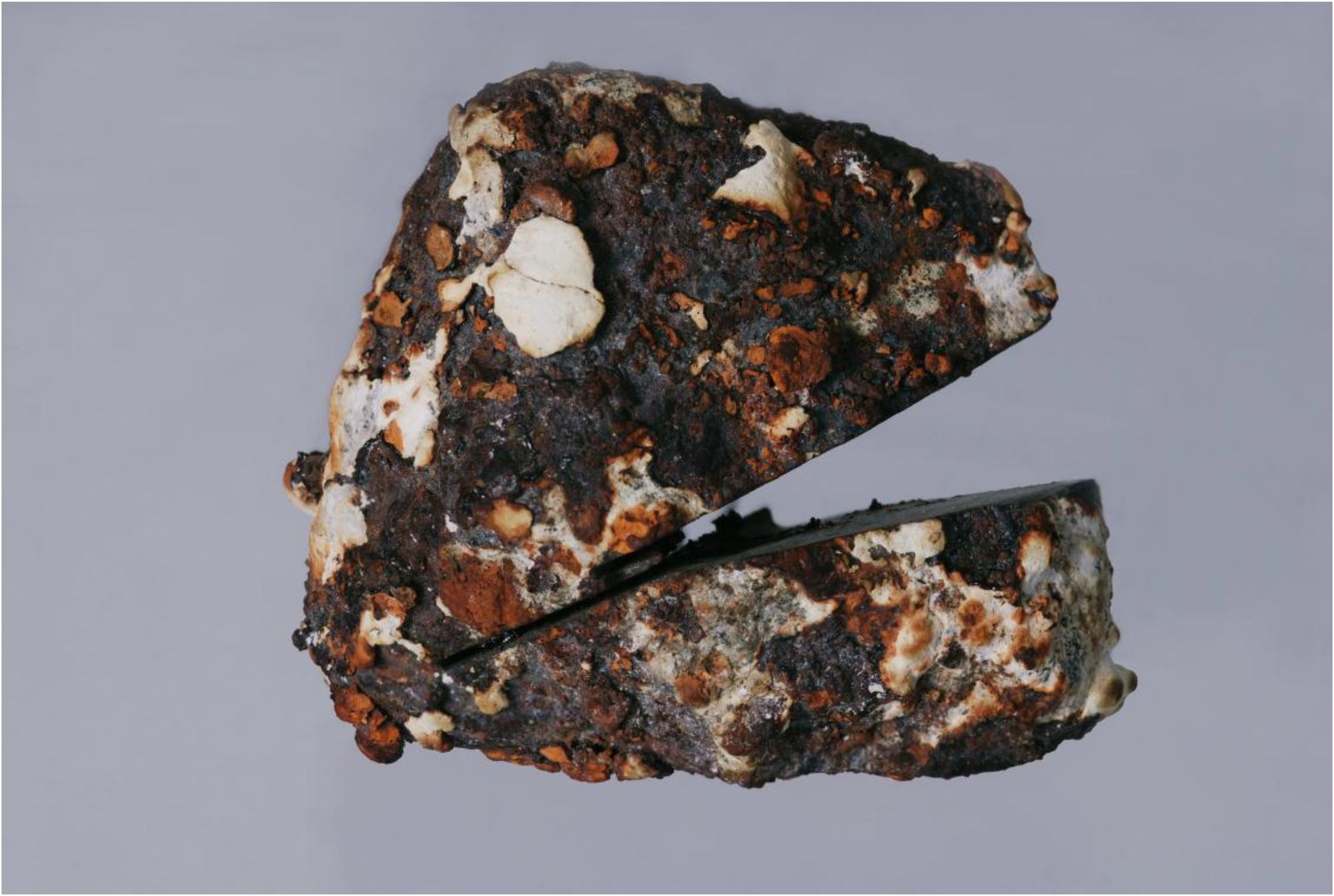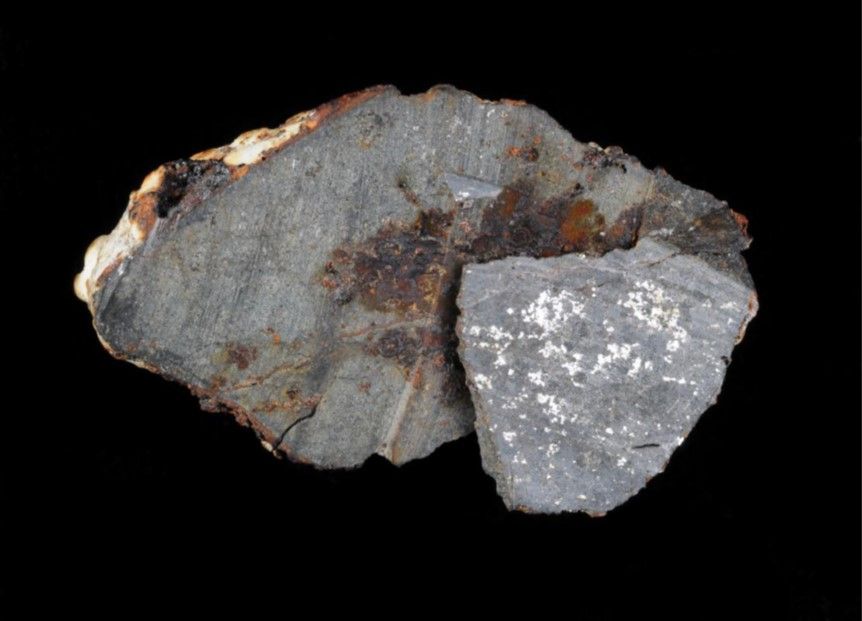For billions of years, before Neil Armstrong made the first giant leap for mankind, the physical relationship that we had with space was very much one way, with objects from outer space making it through Earth’s atmosphere and occasionally surviving the journey to hit the planet.
These meteorites come in all shapes and sizes, one of the smaller ones (though it turns out no less important) made that journey and hit the earth somewhere around 2400 years ago, during the period known in British pre-history as the Iron Age.
During 29 years of excavation at Danebury Hillfort in Hampshire, many artefacts were uncovered, including c. 160,000 sherds of pottery. Many of the site’s finds came from one of the 2300 former grain storage pits uncovered during the excavations. These pits often contained a variety of objects; including pottery, bone (both animal and human) and metal working residue, or slag, as it is more commonly known.
Pit 706 as it was classified was one such pit, the three layers contained an assortment of finds, mostly animal bone, but there was also one piece of daub and one piece of what was categorised at the time as slag and given the find no 1389.

Closer studies of the metal working residue from Danebury in 1989 revealed that find 1389 was very different to all the other pieces of slag. When cut and studied by electron microprobe, it was discovered to be a meteorite.
For archaeologists, it immediately raises all sorts of questions – for many years the artefacts found in Iron Age storage pits were considered to be rubbish, thrown in randomly by the hillfort’s occupants! This idea has been challenged in the last 30 years and it is now recognised that many of these objects were placed in the former storage pits on purpose – ritual deposition being the term used.
Meteorites often have mythologies built around them – Excalibur the sword of the legendary King Arthur was often said to have been made from metal from a meteorite, so not of this earth. Did someone witness the Danebury meteorite fall to earth 2400 years ago and then deposit it in a pit as part of a ritual?
The layer in which it was found was created by natural subsidence, so ritual deposition seems unlikely, but can’t be ruled out. Is it possible to think that when it fell to earth it just happened to fall, by sheer accident, into the partially infilled pit 706 – unobserved by anyone and subsequently covered by further natural infill? Sadly we will never know the truth.

This 30g meteorite – described as being the size of a walnut (a nickname that has stuck to it) whilst raising lots of questions for archaeologists has also drawn the attention of metallurgists, meteoricists and Planetary Scientists/Cosmologists, most notably, the late Professor Colin Pillinger who took the study of the Danebury Meteorite to heart, but who sadly died before the academic paper on which he was lead author was published and before the meteorite could go on display in the Museum of the Iron Age in Andover.
For far more information about the Danebury Meteorite, please do search out the following paper:
The Danebury Iron Age meteorite—An H5 ordinary chondrite “find” from Hampshire, England.
C. T. Pillinger, J. M. Pillinger, D. Johnson, R. C. Greenwood, A. G. Tindle, A. J. T. Jull, D. H. Allen, B. Cunliffe
First published: 15 May 2014 Meteoritics and Planetary Science Volume 49, Issue 6.
The Danebury Meteorite is on display at Andover Museum of the Iron Age. Visit the stunning object today!




